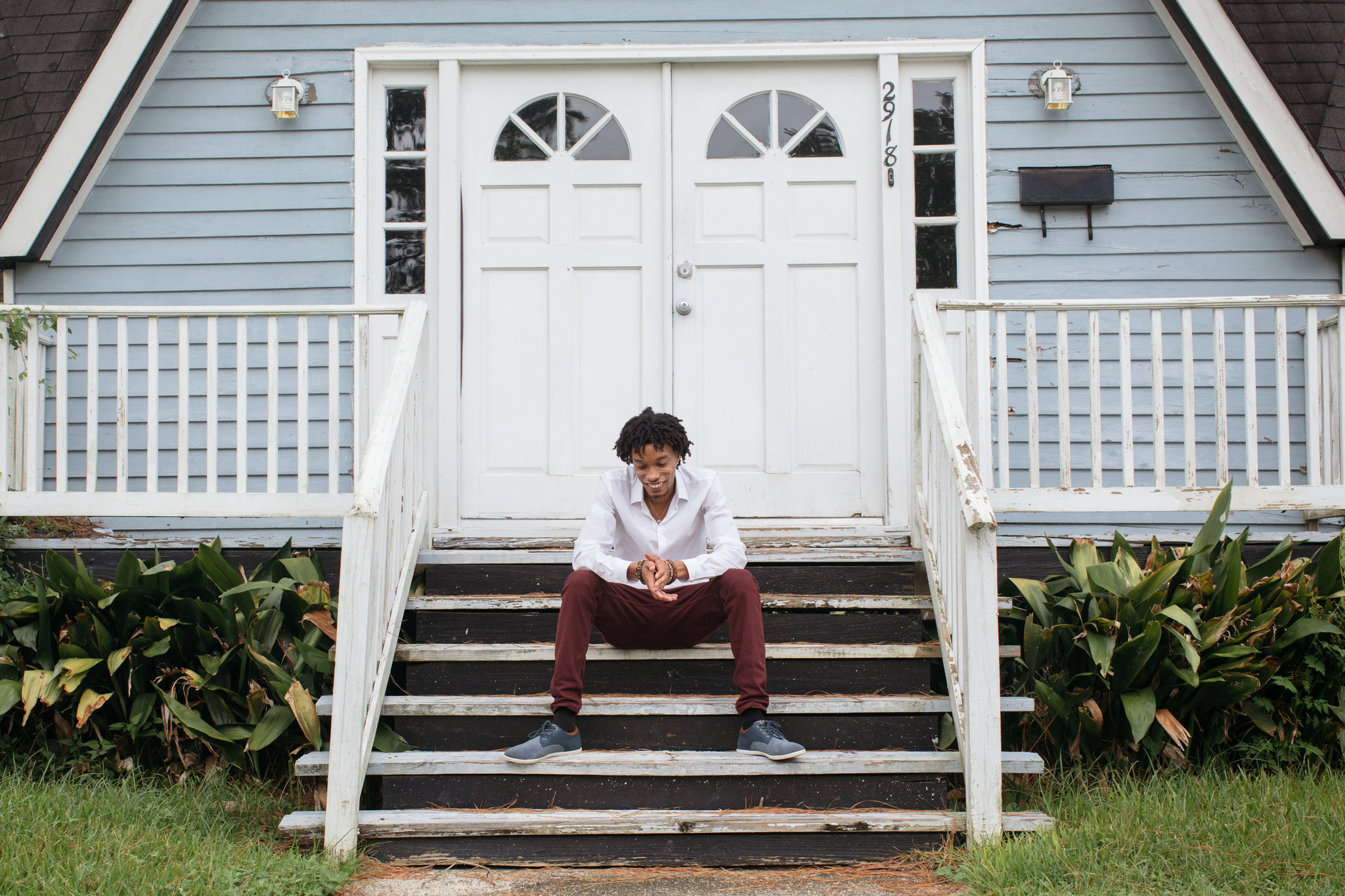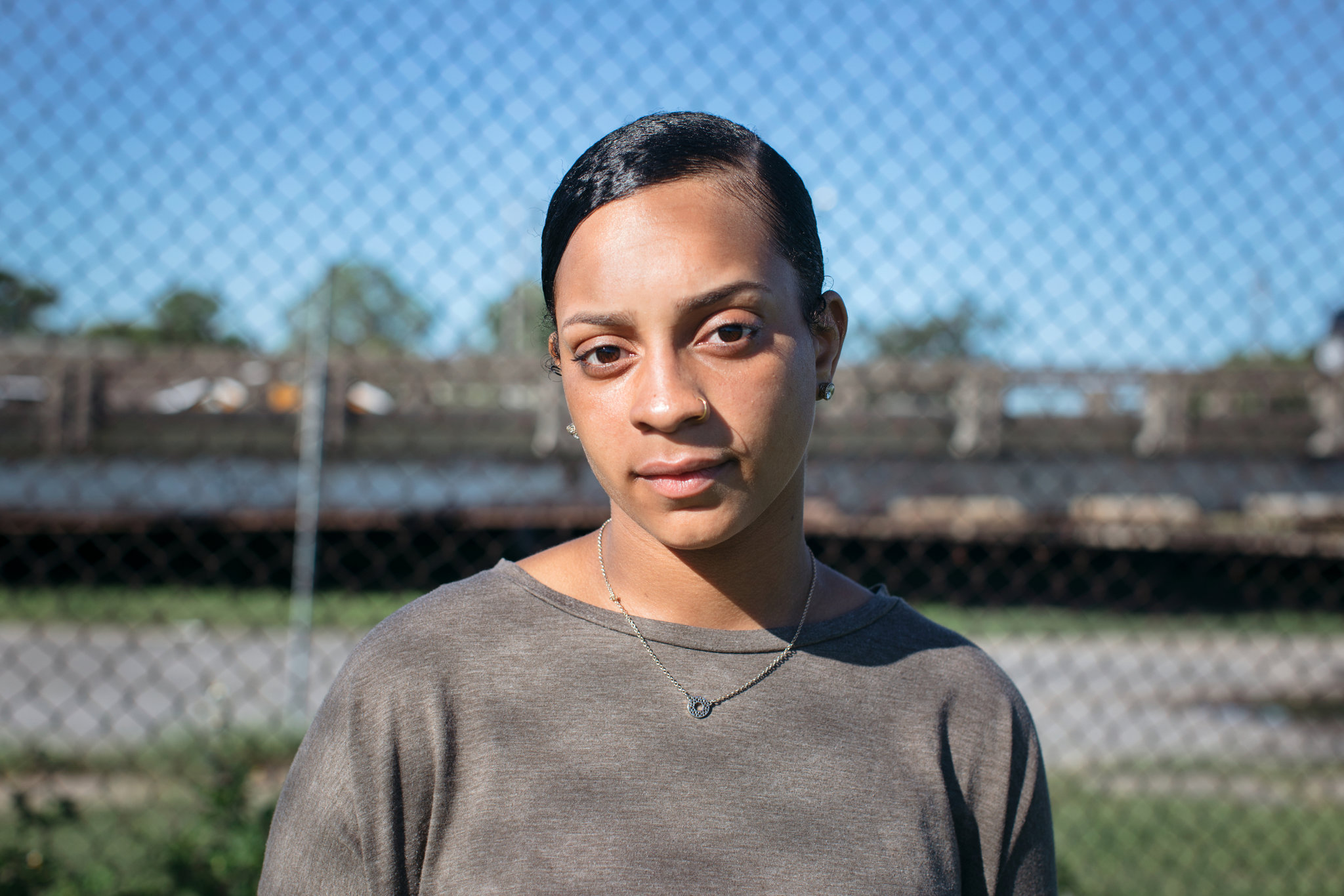[dropcap]NEW[/dropcap] ORLEANS — The children upended by Hurricane Katrina have no psychological playbook for the youngsters displaced by Harvey, or those in the path of Irma, the hurricane spinning toward Florida.
In the aftermath of Harvey, more than 160 public school districts and 30 charter schools have closed in the sprawling Houston metropolitan area. Families have scrambled to higher ground, some to other cities like Dallas or San Antonio, others into shelters. Thousands of children will have to adjust on the fly, bussed for hours to new schools from makeshift housing. Texas officials are scrambling to coordinate mental health support; the state’s psychology board is issuing temporary licenses for out-of-state therapists.
In a series of interviews here in New Orleans, 12 years after Katrina’s devastating floods, young survivors, now in their early 20s, agreed only that overcoming the mental strain of displacement is like escaping the rising water itself – a matter of finding something to hold onto, one safe place or reliable person, each time you move.
[mc4wp_form id=”6042″]
 Annie Flanagan for The New York Times | Photo Credit
Annie Flanagan for The New York Times | Photo Credit
 Annie Flanagan for The New York Times | Photo Credit
Annie Flanagan for The New York Times | Photo Credit
THE HISPANIC SOCIETY OF AMERICA | NEW YORK, NY
The Hispanic Society of America was founded in 1904 by Archer Milton Huntington (1870-1955) with the object of establishing a free, public museum and reference library for the study of the art and culture of the Spain, Portugal, Latin America, and the Philippines. The collections of the Hispanic Society are unparalleled in their scope and quality outside of Spain, addressing nearly every aspect of culture in Spain, as well as a large part of Portugal and Latin America, into the 20th century.
With more than 900 paintings and 6,000 watercolors and drawings, the Hispanic Society offers a comprehensive survey of Spanish painting and drawing, including masterworks by El Greco, Velázquez, Goya, and Sorolla. Similarly, the collection of sculpture contains outstanding pieces from the first millennium B.C. to the early 20th century. Magnificent examples of ceramics, glass, furniture, textiles, ironwork, and jewelry abound among the more than 6,000 objects in the Society’s varied collections of decorative arts.
Among the works on paper, 15,000 prints afford a unique view into the graphic arts in Spain from the seventeenth to the early 20th century. More than 175,000 photographs from 1850 through the early 20th century document the art, culture and customs of Spain and Latin America. The Library offers unrivaled resources for researchers interested in the history and culture of Spain, Portugal, Latin America, and the Philippines, with more than 300,000 books and periodicals, including 15,000 volumes printed before 1701, along with over 250,000 manuscripts, letters, and documents dating from the 11th century to the present. (Website).


You must be logged in to post a comment.